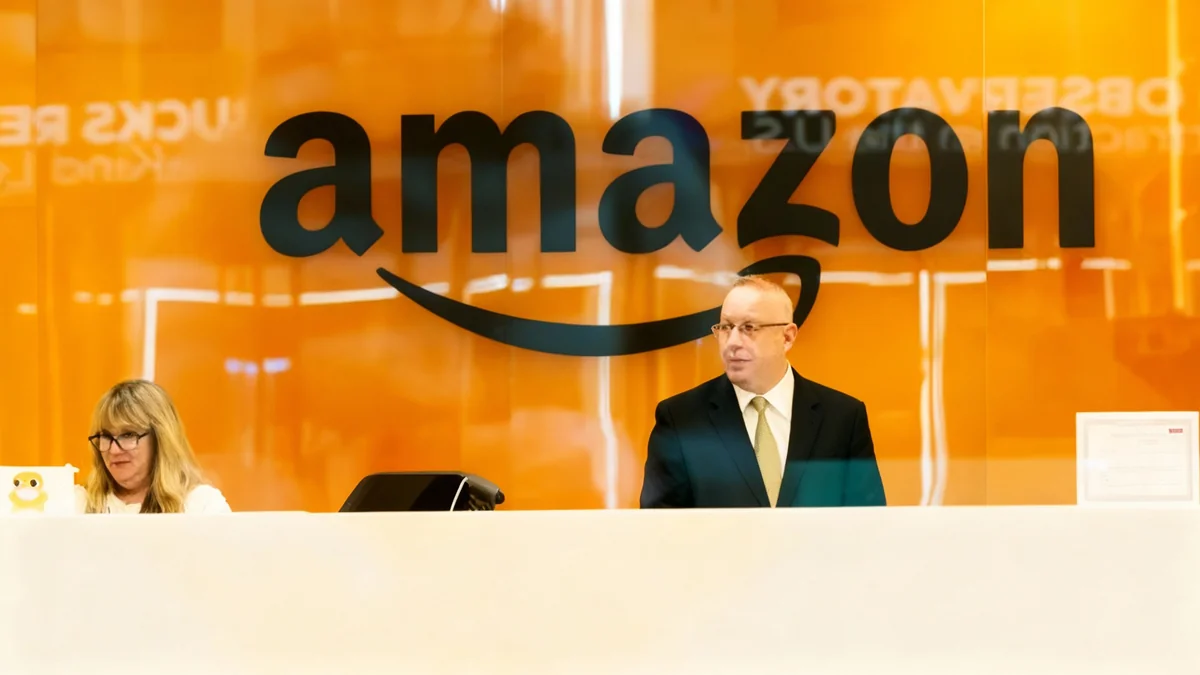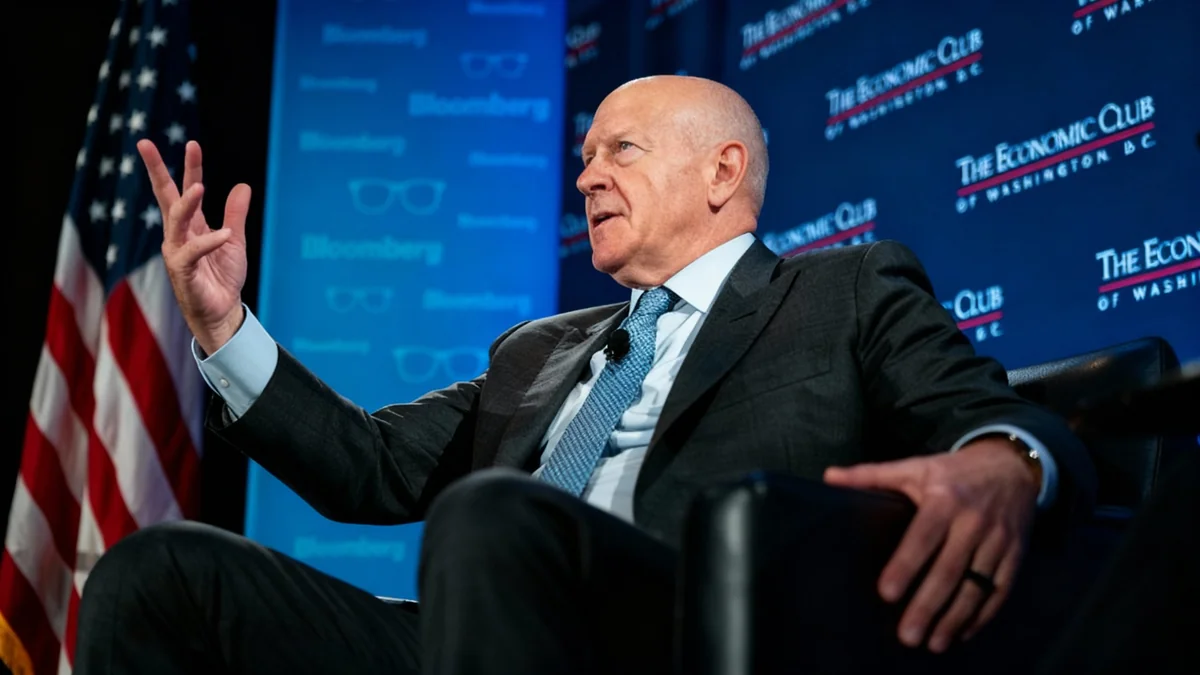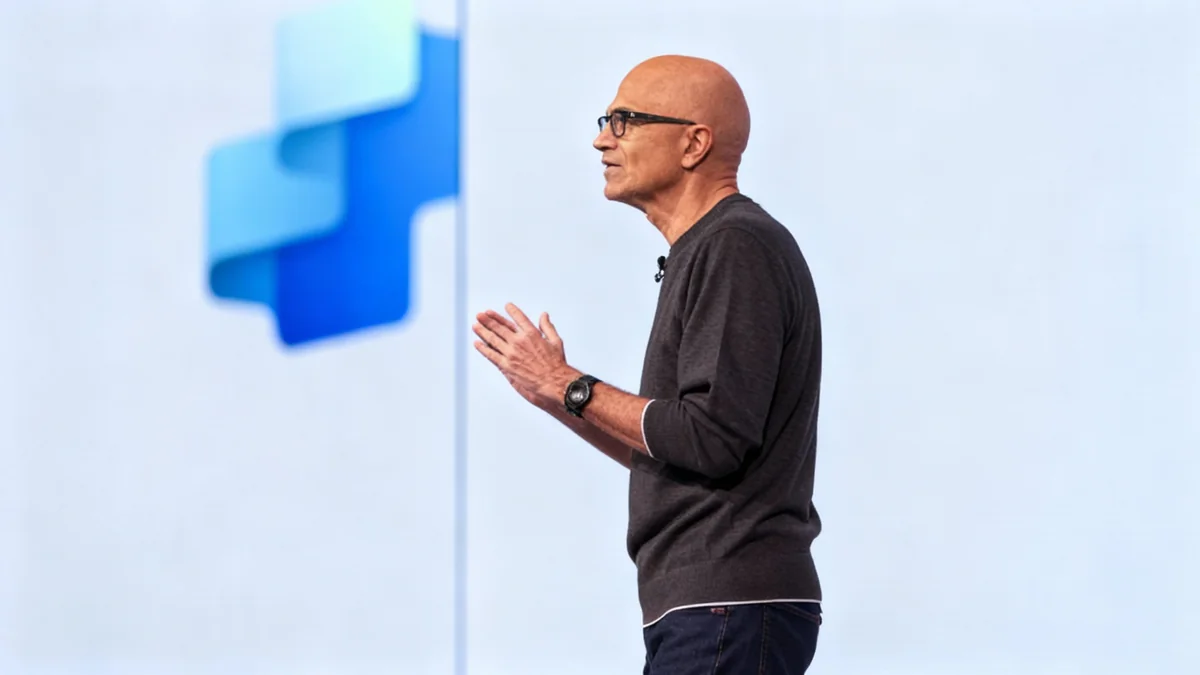Recent job cuts at major companies like Amazon, UPS, and Salesforce have ignited a debate over the role of artificial intelligence in the modern workforce. While some executives point to AI as a reason for restructuring, economists and labor market experts caution that the full story is far more complex, involving economic cycles, post-pandemic corrections, and the specific vulnerabilities of certain job sectors.
The narrative that robots are coming for our jobs is a powerful one, but the data presents a nuanced picture. Disentangling the impact of AI from broader economic trends has become a critical challenge for understanding the future of employment.
Key Takeaways
- Major tech and logistics companies, including Amazon and UPS, have recently announced significant layoffs, with some executives linking the cuts to AI adoption.
- Economists argue that these layoffs may be more reflective of a post-pandemic hiring correction and rising interest rates than a direct AI takeover of jobs.
- Research indicates that while some sectors, like administrative support, show vulnerability to AI, others, such as tech and mathematics, have not seen a significant impact directly linked to tools like ChatGPT.
- Experts suggest it is crucial to distinguish between cyclical economic job losses and those genuinely driven by technological displacement.
The AI Narrative in Corporate Announcements
When major corporations announce workforce reductions, the reasons provided are closely scrutinized. Recently, a new factor has entered the conversation: artificial intelligence. Companies are increasingly framing their restructuring efforts around the need to adapt to an AI-driven future.
Salesforce, for example, reduced its customer service team by 4,000 roles, with its chief executive noting that AI agents were now handling some of the work. Similarly, online education firm Chegg announced a 45% reduction in its workforce, citing the "new realities" of AI. Even logistics giant UPS, which has cut 48,000 jobs since last year, has had its leadership link redundancies in part to machine learning.
Amazon's plan to cut approximately 14,000 corporate roles was explained as a move to become "organized more leanly" to better capitalize on AI opportunities. This comes even as the company reports strong financial performance, with a 13% year-over-year sales increase to $167.7 billion in its latest quarterly report.
Enrico Moretti, an economics professor at the University of California, Berkeley, noted that the largest tech companies are at the forefront of this trend, "in part because they're both producers and consumers of AI."
A Tale of Two Economies
Despite the headlines, many experts urge caution before blaming AI entirely. They point to significant macroeconomic factors that have been developing in parallel with the generative AI boom.
Martha Gimbel, executive director of the Budget Lab at Yale University, suggests that relying on executive statements during layoffs is "possibly the worst way" to assess AI's impact. She argues that many of these cuts are part of a predictable economic cycle.
The Post-Pandemic Correction
During the early months of the pandemic, near-zero interest rates fueled a massive hiring surge, particularly in the tech sector. Companies like Amazon expanded their workforce at an unprecedented rate. Now, with the Federal Reserve having raised interest rates to combat inflation, a period of workforce correction was widely expected, independent of AI's rise.
"So far, nothing that I've seen looks different than typical patterns of companies hiring and firing, particularly at this point in an economic cycle," Gimbel explained. The real test, she adds, will be observing hiring patterns when the economy enters a new period of sustained growth.
Pinpointing the Real Impact
While the broader economic picture is complex, specific data does point to AI's growing influence in certain areas. A study from the Federal Reserve Bank of St Louis found a correlation between occupations with a high prevalence of AI and rising unemployment since 2022.
However, the impact is not uniform across the board. Morgan Frank, an assistant professor at the University of Pittsburgh, has conducted research on unemployment risk by occupation. His findings show a clear distinction in how different sectors were affected by the launch of ChatGPT in late 2022.
Who is Most Affected?
According to Frank's research, the only group that saw a statistically significant jump in unemployment claims immediately following ChatGPT's release was in the office and administrative support sector. In contrast, he found "no discernible change in the trend" for computer and mathematics occupations.
This suggests that while AI may be automating certain administrative and support tasks, it is not yet displacing the highly skilled technical workers who create and manage these systems. "Both tech workers and admin workers—they're in a rougher job market than they were in a couple years ago," Frank said. "I'd be skeptical that AI is the reason for all of it, though."
The Road Ahead for Workers and Companies
The current situation presents a puzzle. Are companies using AI as a convenient explanation for necessary but unpopular business decisions, or are we witnessing the first significant wave of AI-driven job displacement?
The answer is likely a combination of both. Companies like Amazon, with their immense scale, are uniquely positioned to automate roles faster than their competitors. Lawrence Schmidt, an associate professor at the MIT Sloan School of Management, believes it's plausible that Amazon would want to shed roles that can be "quickly automated."
The long-term challenge will be to separate cyclical job losses from structural changes caused by technology. As Gimbel points out, jobs in human resources and marketing are often the first to be cut in a recession. These are also roles highly exposed to disruption from generative AI, making it difficult to identify the primary cause of future layoffs in these fields.
Ultimately, the discussion is shifting from whether AI will impact jobs to how workers and industries can adapt. The current wave of layoffs, while driven by multiple factors, serves as a clear signal that the relationship between technology and labor is entering a new and transformative phase.





